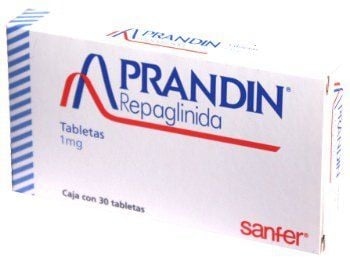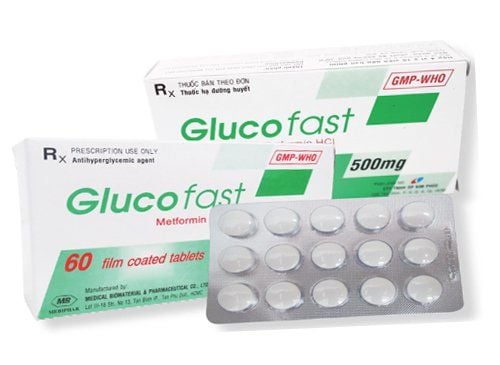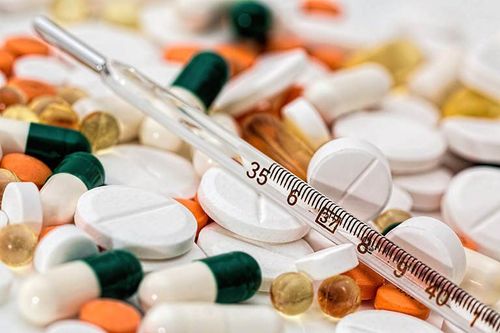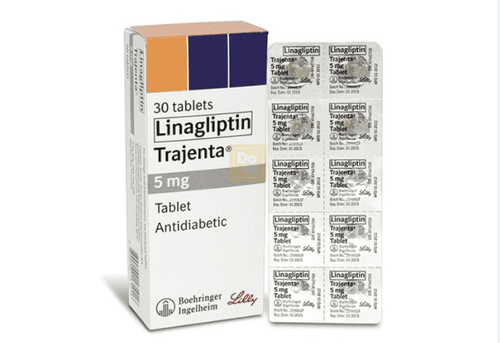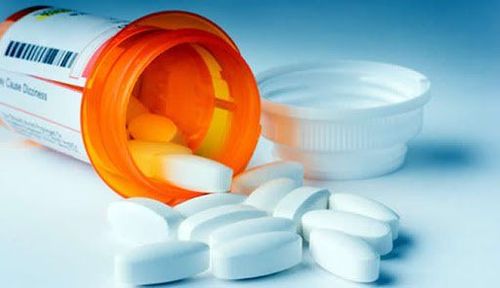This is an automatically translated article.
The article was professionally consulted by Doctor Vo Ha Bang Suong - Department of Medical Examination & Internal Medicine, Vinmec Phu Quoc International General Hospital.Type 2 diabetes mellitus (DM) increases with age, about 18-20% over the age of 65. The elderly are the subjects that often suffer from many co-morbid diseases, with certain declines in organs and body parts. Therefore, it is necessary to have an appropriate monitoring, care and treatment regimen for patients to manage blood glucose status, prevent complications, and achieve quality of life.
1. Dangerous problems of type diabetes in the elderly
In addition to the harms that any diabetic patient will encounter, the elderly with type 2 diabetes also face age-related dangers:
Occurrence of "senile age syndrome" In patients: Elderly people with diabetes also have a great risk of old age syndromes: cognitive dysfunction, depression, vision and hearing disturbances, mood disorders. low blood sugar... These symptoms often go unnoticed by patients or their family members, if left untreated for a long time, can cause serious problems, even lead to dead. Therefore, if signs of senile syndrome are detected, it is necessary to immediately conduct screening tests and screenings, thereby having an appropriate treatment plan. When accompanied by cardiovascular diseases, stroke, the disease is very serious, threatening the survival of the elderly. Neurological and microvascular complications that can also lead to disability are also a constant threat: Retinal complications, fundus hemorrhage, cataracts are the cause of blindness in the elderly, and Peripheral nerve and vascular complications of diabetes often lead to gangrene, which, when severe, requires amputation, lifelong disability, or death. Subjects are elderly people often lead to impaired liver and kidney function, metabolic disorders. Therefore, there may be complications caused by blood glucose lowering drugs.
Trắc nghiệm dành riêng cho người mắc đái tháo đường: Chế độ ăn của bạn đã hợp lý chưa?
Người bị bệnh đái tháo đường cần phải quan tâm nhiều hơn đến cách tính toán khẩu phần ăn sao cho phù hợp với nhu cầu và tình trạng sức khỏe. Nếu chưa rõ, bạn có thể tìm hiểu kỹ hơn thông qua bài trắc nghiệm ngắn sau đây.2. The problem of blood sugar control in the elderly with diabetes

Kiểm soát tốt glucose máu vẫn là vấn đề cốt lõi trong điều trị đái tháo đường
Good control of blood glucose is still the core issue in diabetes treatment. Special attention should be paid to the following characteristics in the elderly with diabetes:
Poor appetite or disorders that cause loss of appetite. Changes in mental status affect perception and response to hypoglycemia. The patient had to take many medications but had poor adherence to medication. Patients are slow to apply early treatment measures for hypoglycemia. The patient has liver and kidney dysfunction. Certain conditions can obscure or lead to misdiagnosed symptoms of hypoglycemia, such as: Dementia, delusions, depression, sleep disturbances, dizziness, myocardial infarction, vascular accidents. Brain. Tight control of blood glucose is the primary goal, but it is a risk factor for hypoglycemia. The treatment goals for elderly diabetic patients are generally: Fasting blood glucose levels close to normal (< 7 mml/l, HbA1c < 7%), without hypoglycemia. However, in patients who are elderly, have many chronic medical comorbidities, are single, and have a short life expectancy, the treatment goals must be more realistic, perhaps the goal of reducing the signs and symptoms of the disease. Hyperglycemia (eg, heavy drinking, fatigue, weight loss) is more realistic than trying to achieve normal blood glucose.
3. Interventions, treatment and care for the elderly with type 2 diabetes
3.1. Building a diet combined with exercise For elderly people with diabetes, it is very important to build a reasonable diet combined with exercise and sports. This not only helps to improve the patient's condition, but also brings spiritual values: Improved quality of life, cheerful optimism, reduced risk of depression... low-calorie, low-fat diet: The recommended diet for the elderly with diabetes is a low-calorie diet: fat <30% calories, carbohydrates > 50% calories; Increase fiber, vitamins; Drink enough water; Divide meals into small meals throughout the day.
Suitable fitness mode: Walking, cycling. Note that cases with concomitant cardiovascular disease should be counseled in accordance with their comorbidities.
If the patient has applied diet and exercise but does not achieve the target blood glucose index, then combine appropriate blood glucose lowering drugs.
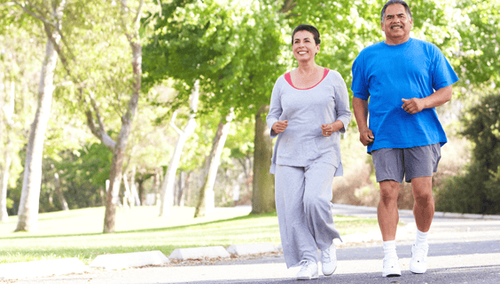
Tập luyện thường xuyên là biện pháp quan trọng trong điều trị đái tháo đường ở người cao tuổi
3.2. Drug interventions Elderly people with type 2 diabetes can use any glucose-lowering drug if there are no contraindications. Therefore, when choosing a drug to lower blood glucose for a patient, it is necessary to pay attention to liver and kidney function, comorbidities, and the convenience of taking the drug (pay attention to the person who supports the patient's daily life)
3.3. Treatment and care of comorbidities and complications of type 2 diabetes. It is necessary to treat co-morbidities well. Complications that need attention:
Diabetic feet : Foot care is important for the elderly with diabetes, especially the elderly because it is often difficult for them to do it on their own. People with long-term diabetes often lose feeling in the feet, so if not taken care of, ulcers will appear in this location. Caregivers need to regularly check the feet, between the toes to detect cuts, sores or wounds for timely treatment. This should be done in conjunction with daily foot hygiene. Infection in the feet is an extremely dangerous complication not only in young people but also of diabetes in the elderly that can quickly spread to the bones, leading to osteomyelitis. This condition needs to be treated promptly with antibiotics, in case of failure of treatment, the patient may have to amputate the leg. Hypoglycemia: It is necessary to detect and promptly treat hypoglycemia in the patient. . Educate patients and family members on signs of hypoglycemia and emergency management of hypoglycemia. Coma due to hyperglycemia: It is necessary to detect consciousness disorders in patients early for timely treatment. Retinopathy: Complications can lead to blindness. Periodic eye examination of the patient. 3.4. Follow up treatment. Early detection of abnormal symptoms in patients Patients should have and know how to use a home capillary glucose meter. Periodically check at the hospital blood glucose, HbA1c, liver function, kidney function, blood fat and other parameters depending on the specific case. Type 2 diabetes in the elderly is a condition that requires close treatment and management because this is a subject with many risks. To improve the quality of life of patients.
Please dial HOTLINE for more information or register for an appointment HERE. Download MyVinmec app to make appointments faster and to manage your bookings easily.




